Indigenous Health Policies: Attitudes, Responsibilities, & Approaches
VerifiedAdded on 2020/03/16
|5
|806
|425
Essay
AI Summary
This essay examines Indigenous health care policies and approaches in Australia, focusing on the attitudes towards Indigenous people, the concept of collective responsibility, and the importance of integrated health policies. It highlights the disparities in health care access and outcomes between Indigenous and non-Indigenous Australians, emphasizing the need for policies that address these inequalities. The essay analyzes the advantages of an integrated approach, such as fostering a sense of belonging, improving access to healthcare, and enhancing social and environmental conditions. It also discusses the National Aboriginal and Torres Strait Islander Health Plan, underscoring the importance of bridging the health gap and ensuring equitable access to mainstream services and healthcare facilities. The conclusion emphasizes the impact of collective efforts from government, communities, and NGOs in improving Indigenous health outcomes. The essay uses references like Austin-Broos & Merlan (2017) and Smith (2016) to support its arguments.
1 out of 5
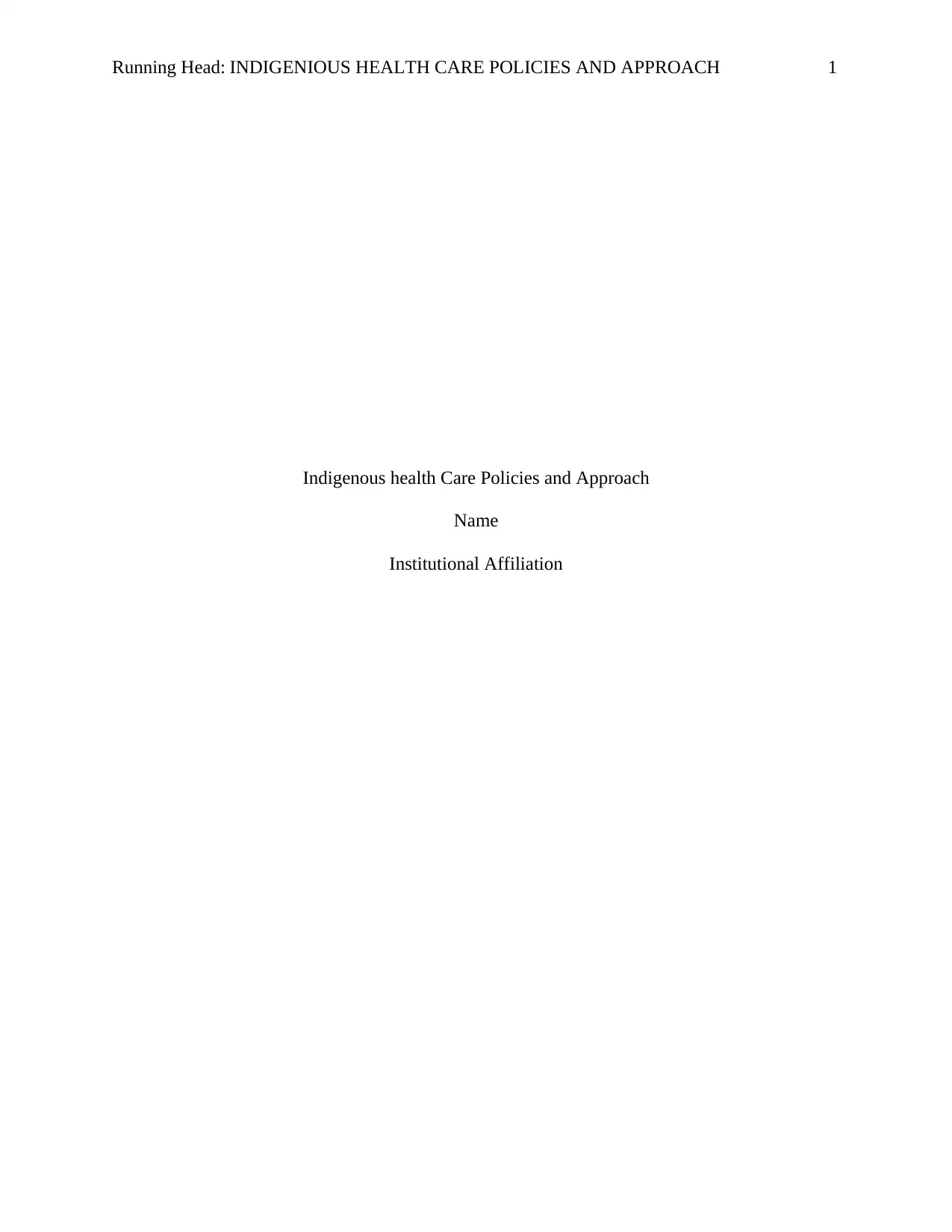
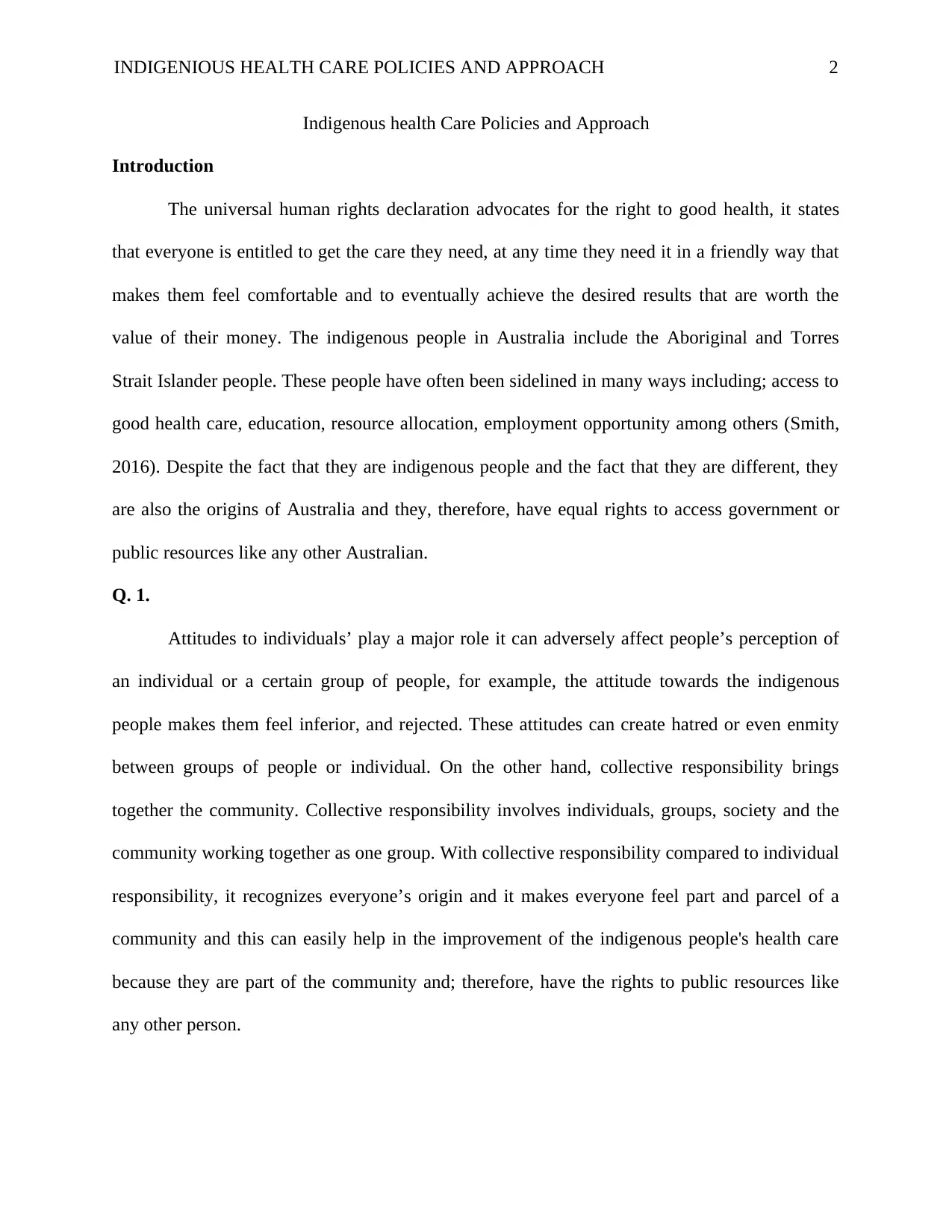
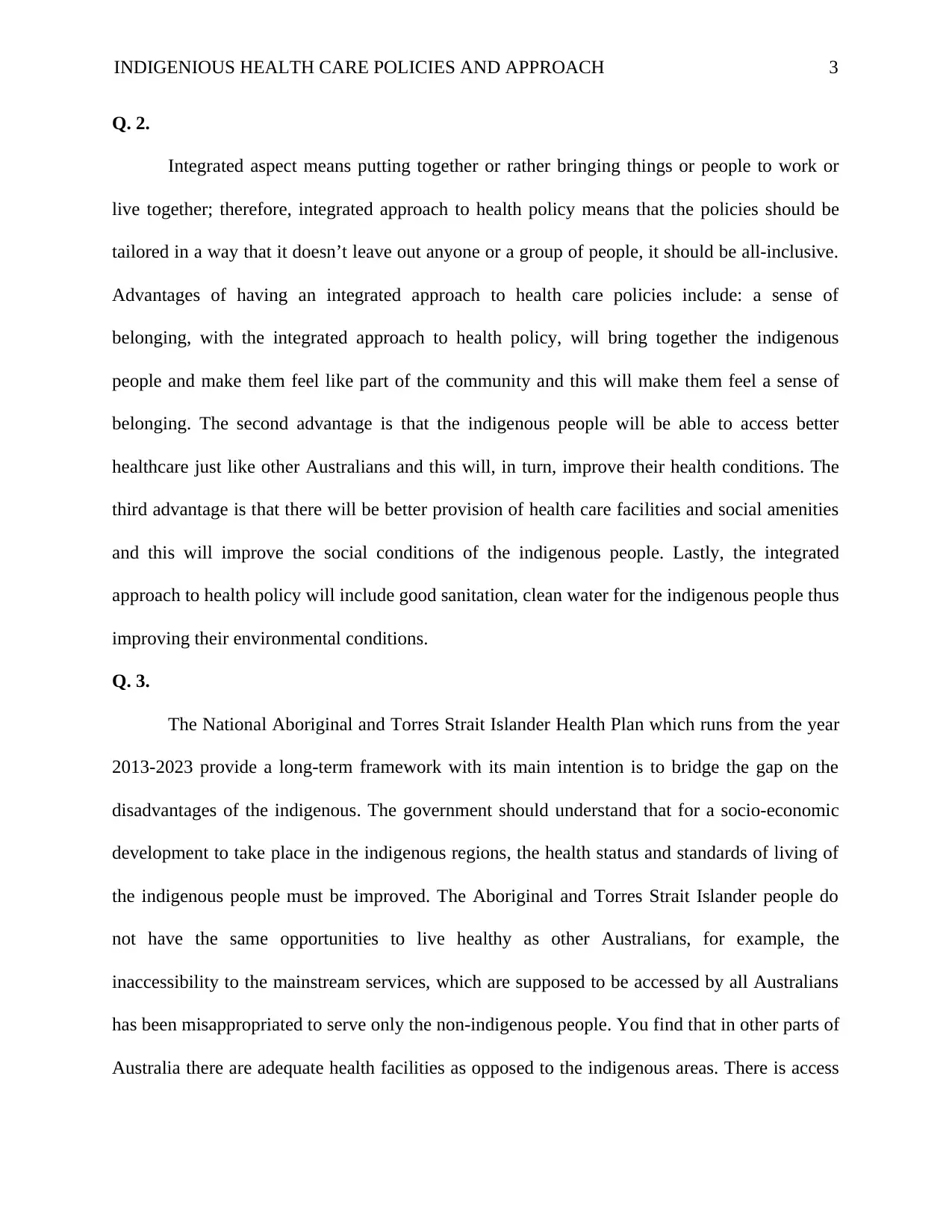

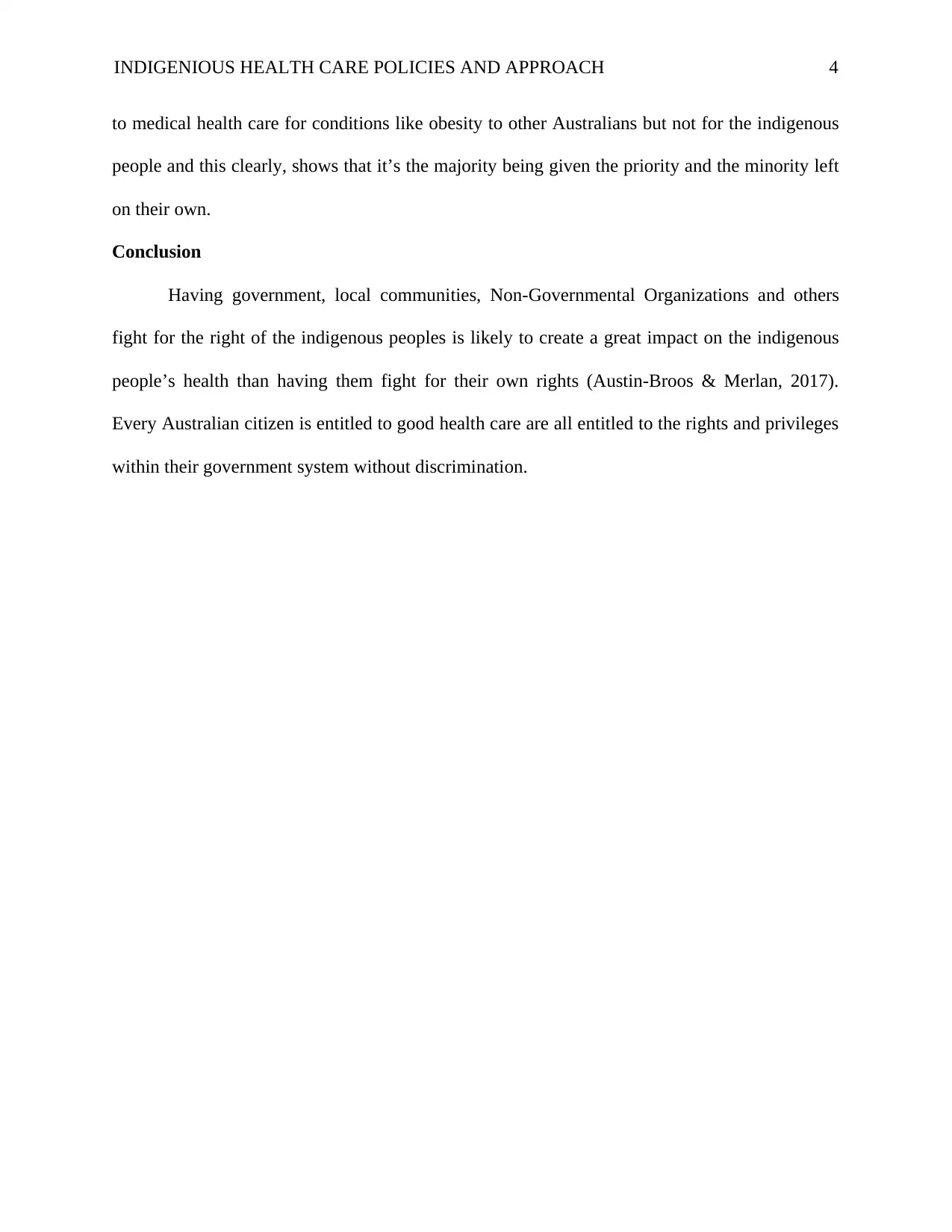
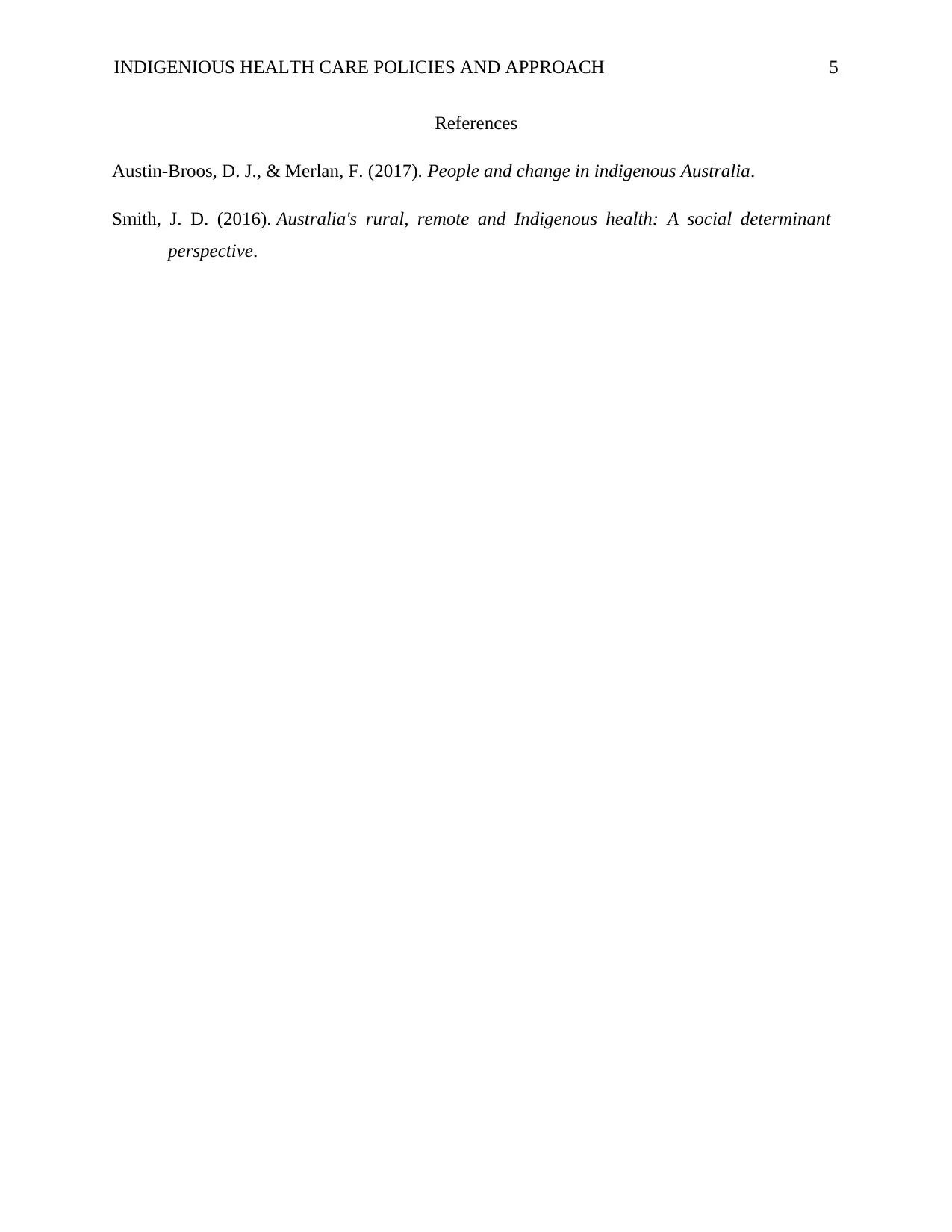





![[object Object]](/_next/static/media/star-bottom.7253800d.svg)